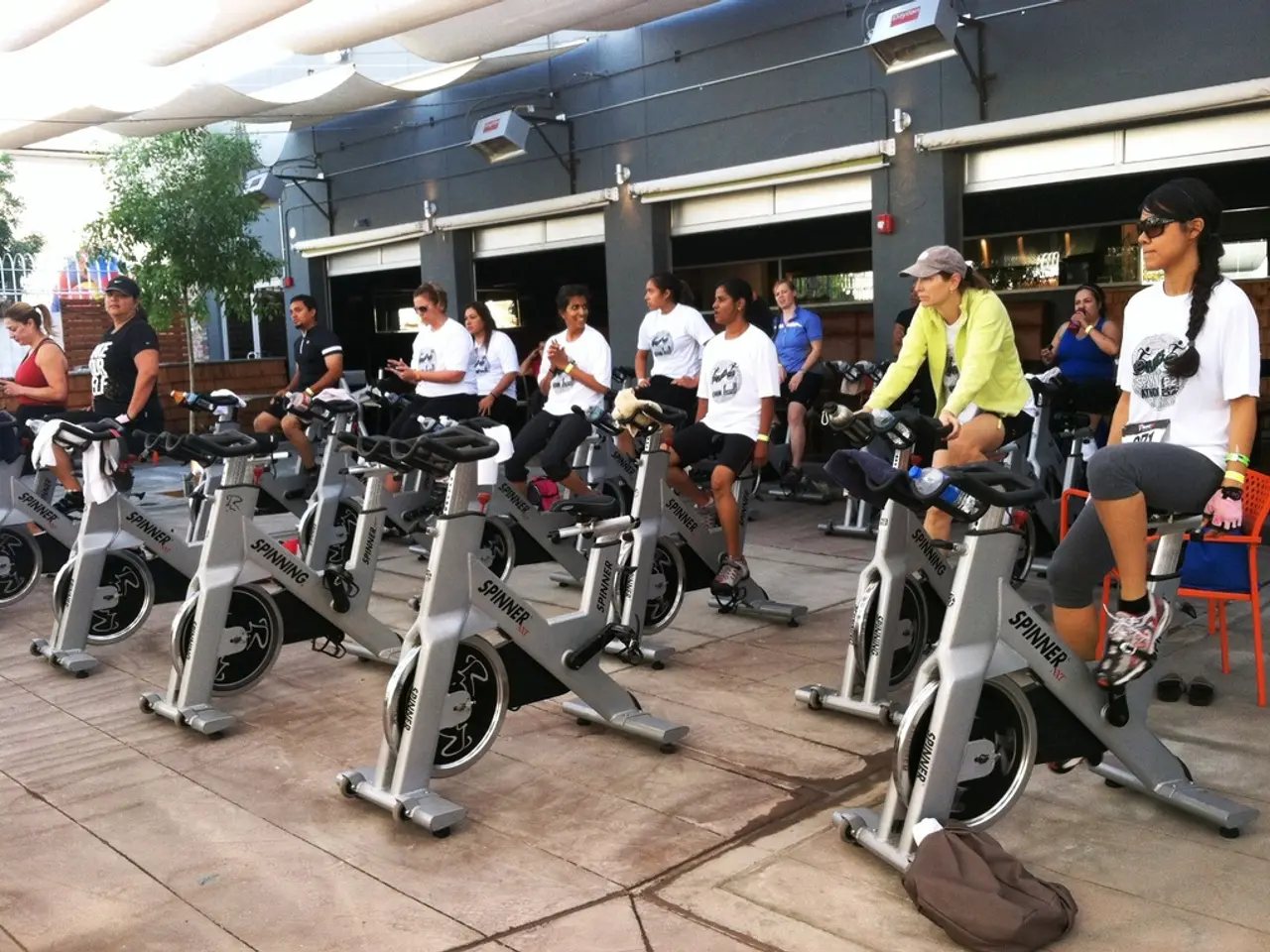Examining physical activity with hiatal hernia: Possible or not?
For individuals living with a hiatal hernia, managing the condition can be a balancing act between maintaining an active lifestyle and avoiding activities that exacerbate symptoms. Here are some exercise and lifestyle tips to help manage hiatal hernias effectively.
Exercise and Hiatal Hernias
When it comes to exercise, it's crucial to find activities that suit your enjoyment, lifestyle, and health status. For those with hiatal hernias, recommended exercises focus on minimizing abdominal pressure, strengthening core muscles gently, and avoiding activities that may strain the abdomen.
After undergoing hiatal hernia repair surgery, it's essential to wait about 6 to 8 weeks before starting abdominal exercises like crunches to allow healing. Before or without surgery, gentle core-strengthening exercises such as planks, pelvic tilts, leg raises, bridges, and gentle abdominal contractions are recommended. Weightlifting or exercises that cause straining should be done cautiously and under medical advice to avoid worsening the hernia.
Lifestyle Changes for Hiatal Hernia Management
In addition to exercise, lifestyle changes play a significant role in managing hiatal hernias. Maintaining a healthy weight is crucial to reduce abdominal pressure, which can aggravate a hiatal hernia. Eating smaller, more frequent meals and avoiding large or heavy meals can help minimize reflux symptoms.
Avoiding lying down or bending over immediately after eating, as well as avoiding foods that trigger acid reflux, such as spicy foods and tomato-based products, is also beneficial. Including a high-fiber diet (whole grains, fruits, vegetables, legumes) and staying hydrated can prevent constipation and straining during bowel movements, which can worsen hernia symptoms.
Quitting smoking, as smoking can worsen reflux and cause chronic coughing, which can increase abdominal pressure, is another key lifestyle change. For better sleep and to reduce reflux symptoms related to hiatal hernias, sleeping on the left side and elevating the head of the bed are recommended.
Other Tips for Managing Hiatal Hernias
Some yoga poses could potentially aggravate GERD symptoms, so it's essential to be mindful of these when practicing yoga. Low-impact activities are usually best for people with hiatal hernias, such as walking, jogging, yoga, and swimming. Lifting heavy weights or heavy objects should be avoided as they can strain the abdomen and worsen a hiatal hernia.
Drinking plenty of water during exercise can help prevent GERD symptoms, while avoiding caffeine, alcohol, and carbonated drinks is also beneficial. A hiatal hernia can lead to anemia in some cases, so regular check-ups with a healthcare provider are essential.
Lastly, diaphragmatic breathing can be beneficial for people with GERD and hiatal hernias as it strengthens the diaphragm. The bridge exercise can help strengthen the stomach muscles, making it a suitable addition to a low-impact exercise routine.
In conclusion, gentle core strengthening, symptom management through diet and lifestyle, and avoiding activities that increase abdominal pressure are key for managing hiatal hernias. It's always best to consult healthcare providers for personalized exercise plans and precautions. Regular physical activity can help prevent various health issues, including type 2 diabetes, heart disease, high blood pressure, stroke, and some cancers.
- For those with hiatal hernias, gentle exercises like planks, pelvic tilts, leg raises, bridges, and gentle abdominal contractions are recommended to strengthen core muscles without causing strain.
- After hiatal hernia repair surgery, it's advisable to wait about 6 to 8 weeks before starting abdominal exercises like crunches to allow adequate healing.
- In addition to exercise, maintaining a healthy weight and eating smaller, more frequent meals can help manage hiatal hernias by reducing abdominal pressure.
- Quitting smoking can help improve reflux symptoms and prevent chronic coughing, which can increase abdominal pressure for individuals with hiatal hernias.
- Lifestyle changes such as avoiding foods that trigger acid reflux, and including a high-fiber diet can prevent constipation and straining during bowel movements for individuals with hiatal hernias.
- Some yoga poses may aggravate GERD symptoms, so it's important to be mindful when practicing yoga with a hiatal hernia.
- Low-impact activities like walking, jogging, yoga, and swimming are generally better for people with hiatal hernias, as they help manage symptoms without causing excessive abdominal strain.
- Drinking plenty of water during exercise and avoiding caffeine, alcohol, and carbonated drinks can help prevent GERD symptoms in individuals with hiatal hernias.
- Diaphragmatic breathing can be beneficial for people with GERD and hiatal hernias as it helps strengthen the diaphragm, and the bridge exercise can also help strengthen the stomach muscles.




